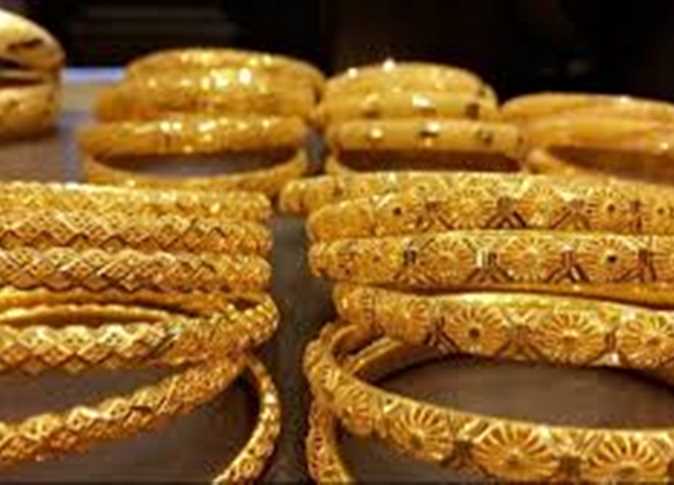
Demand for gold slid to its lowest in six years in the second quarter of this year as buyers from top consumer China poured funds into its now troubled equities market, an industry report showed.
Retail investment from China fell by a quarter and jewellery demand by 23 percent in the April to June period as stock markets there soared, GFMS said in a quarterly update.
However, a subsequent plunge in Chinese share prices from mid-June has not helped bullion, it said, as some investors were locked in and others nervous about switching to different asset classes while financial markets are so volatile.
After a 12-year bull run peaked in 2011, global prices of the safe haven metal have struggled to gain traction. Last week, gold sank to $1,077 per ounce, its lowest in 5-1/2 years, after a sudden sell-off in New York and Shanghai, as investors worried about Chinese growth and the prospect of US interest rate rises made the dollar more attractive.
“Gold has certainly moved out of favor in China in recent quarters,” GFMS analyst Andrew Leyland said.
“I think Chinese demand was a reaction to weak price performance, rather than a cause. Both the equity market, and the US dollar have promised stronger returns than gold, and this put investors off the yellow metal.”
GFMS was cautiously optimistic that both demand and prices could start to pick up in the final quarter of the year.
“Chinese purchasers tend to buy into rallies, so when gold gets some upward momentum Chinese purchasing should support this,” Leyland said.
China and India are the world’s top gold consumers. Physical demand there has not picked up strongly despite a sell-off last week that knocked global prices to 5-1/2 year lows.
That contrasts to the explosion in physical demand seen after gold prices dropped sharply in the second quarter of 2013.
GFMS, a division of Thomson Reuters, said global demand for gold bars and coins fell 12 percent year-on-year in April-June and was around 63 percent below the peak two years ago.
In the largest consuming sector, jewellery, consumption dropped 9 percent and production declined 6 percent, GFMS said. Overall physical demand stood at 858 tons in the second quarter, down 14.2 percent from a year before.
Central banks remained net buyers of gold, but their purchases fell 62 percent year on year.
That helped push the physical surplus in the gold market to its highest in five years at 196 tons, more than double the total of a year before.
While jewellery consumption in India increased 2.5 percent to 158 tons during the period, gross imports fell 10 percent to the lowest in five quarters, the report said.
China and India consumed almost the same amount of gold in January-June, with China a tad higher at 394 tons against India’s 392 tons, it said.




